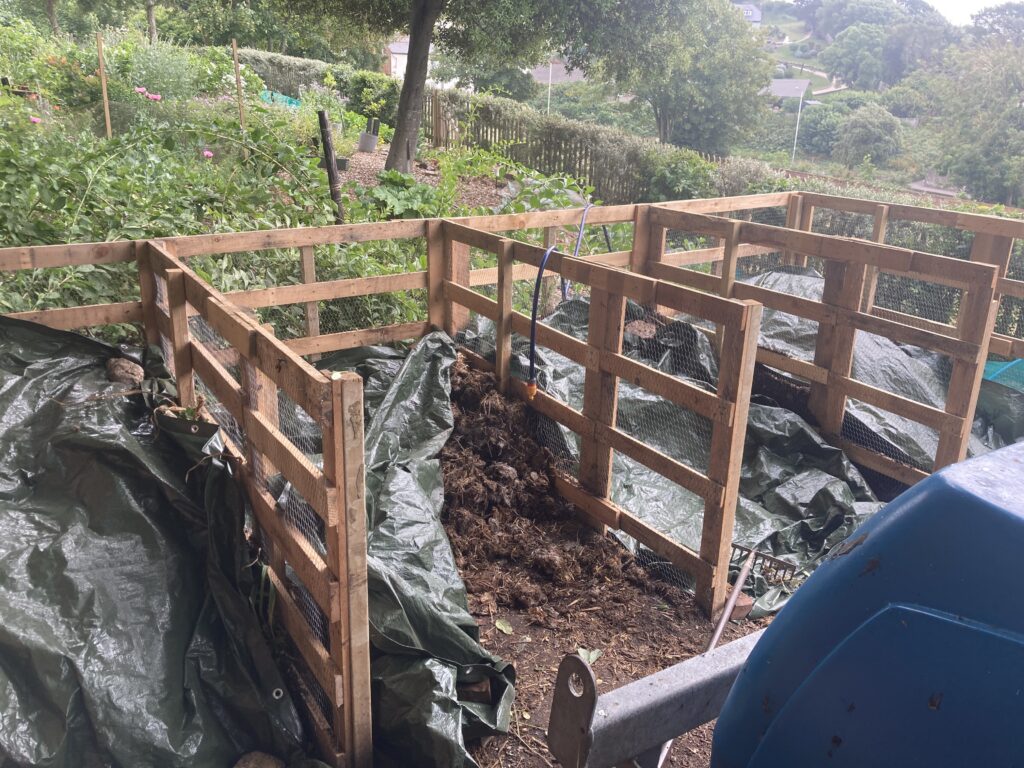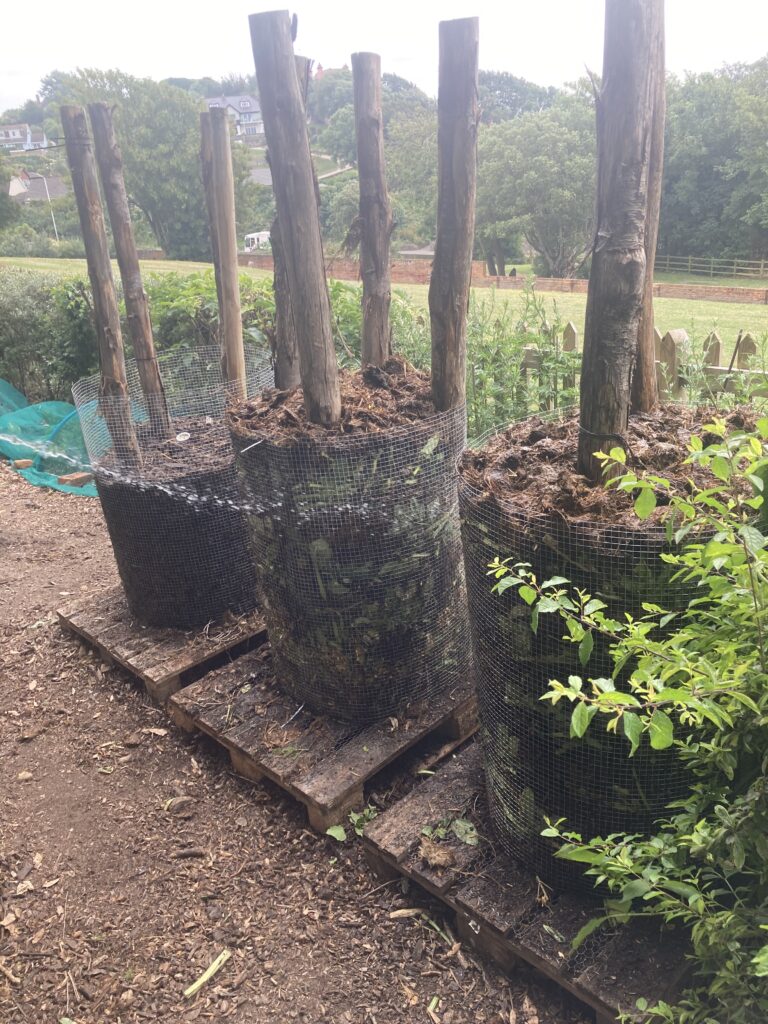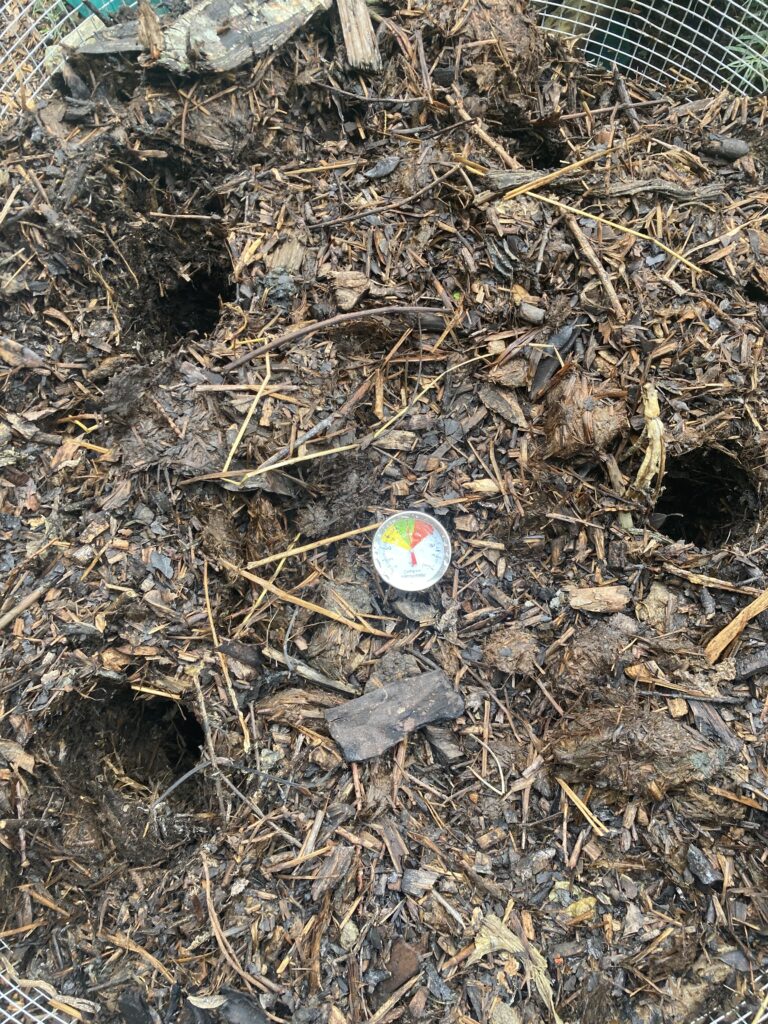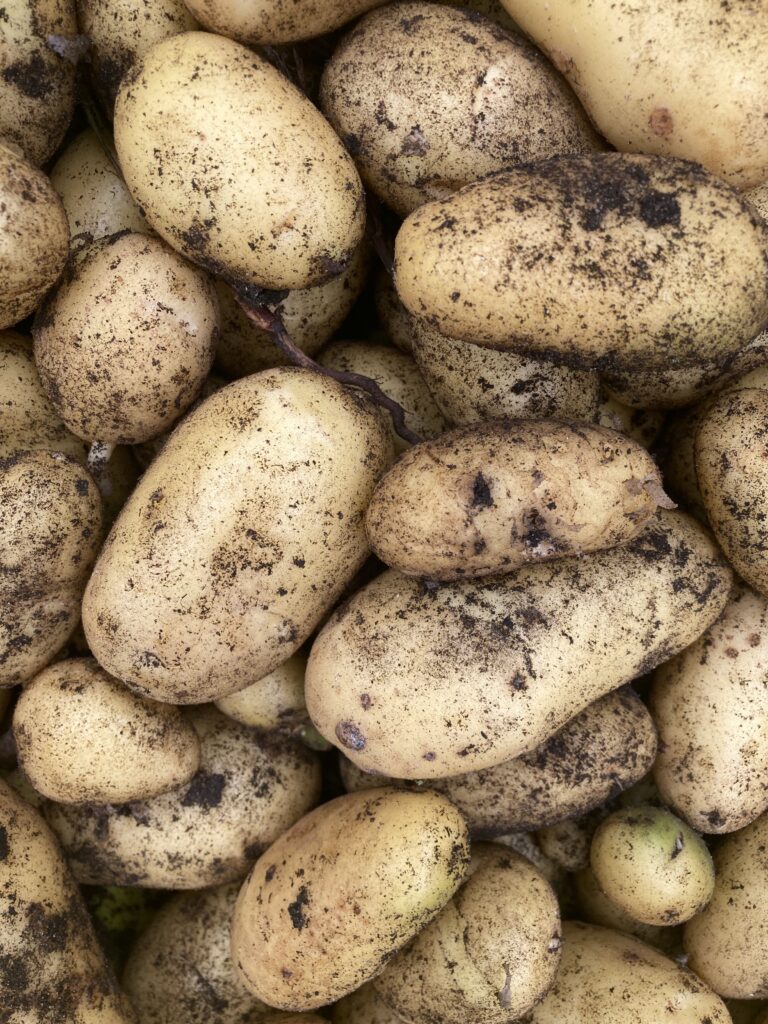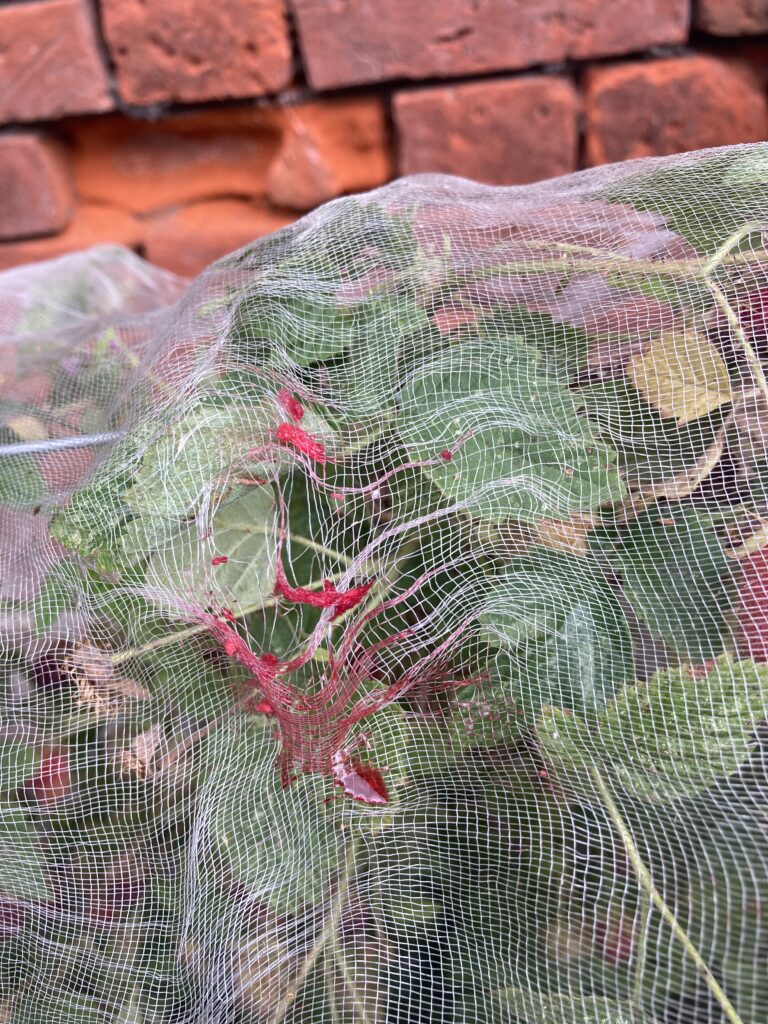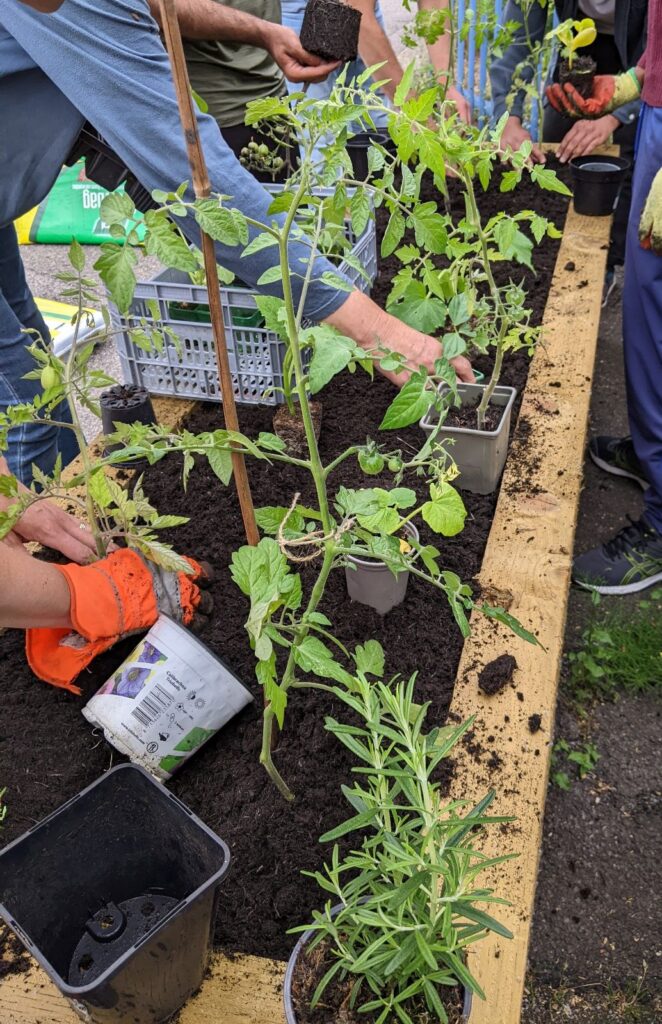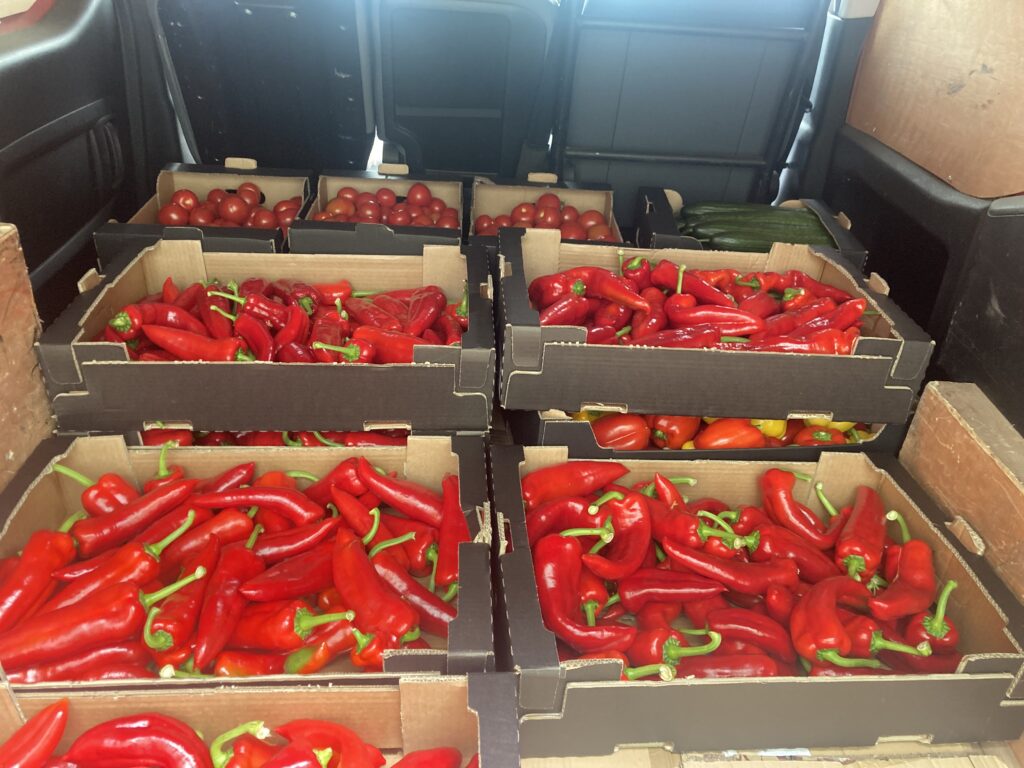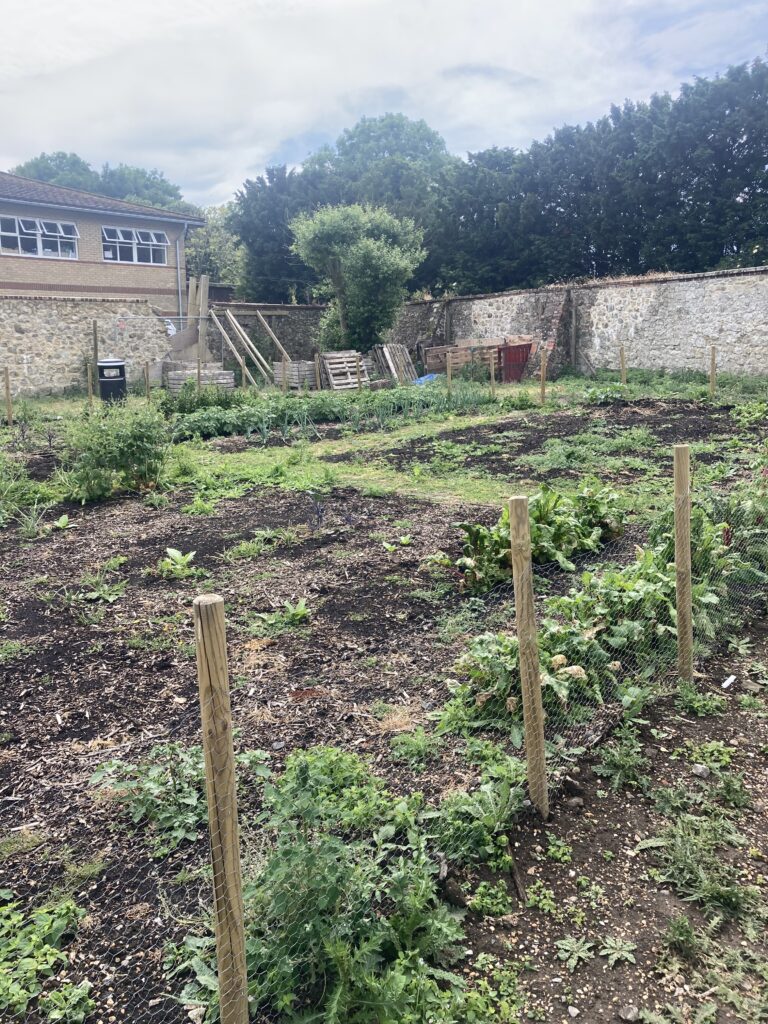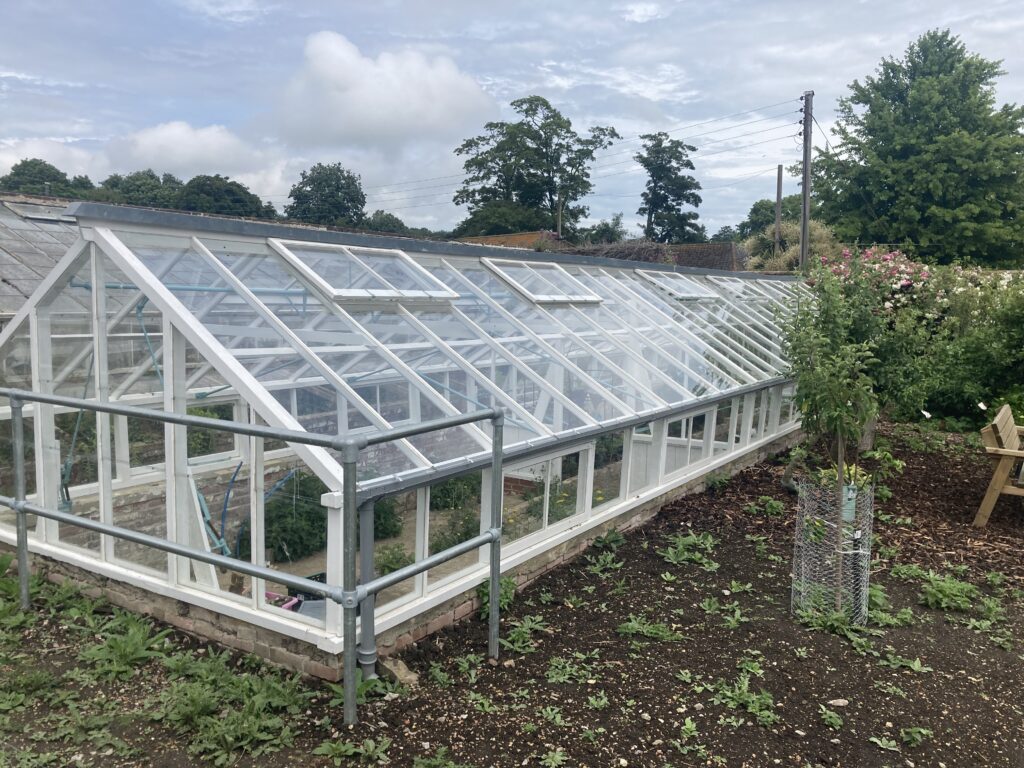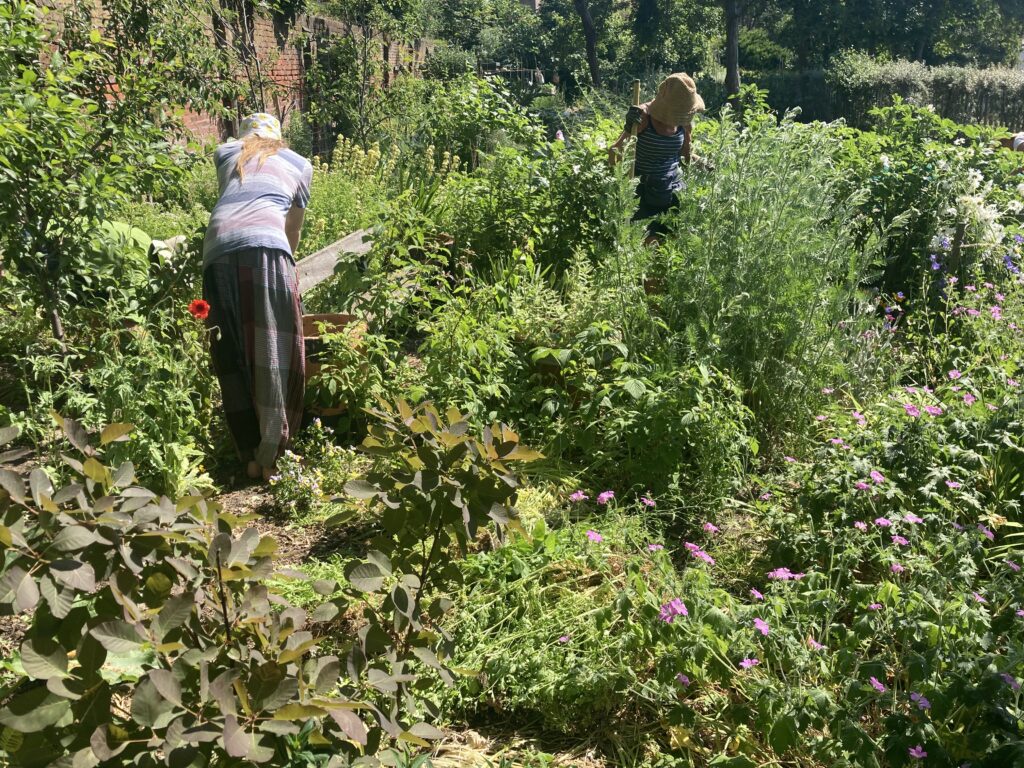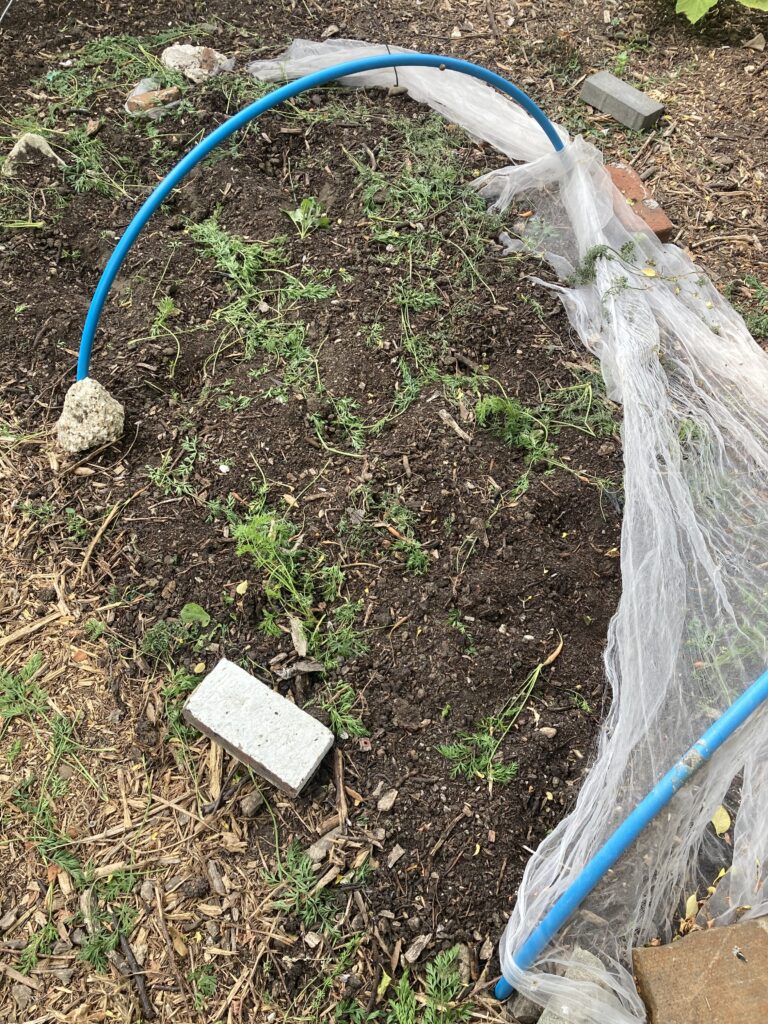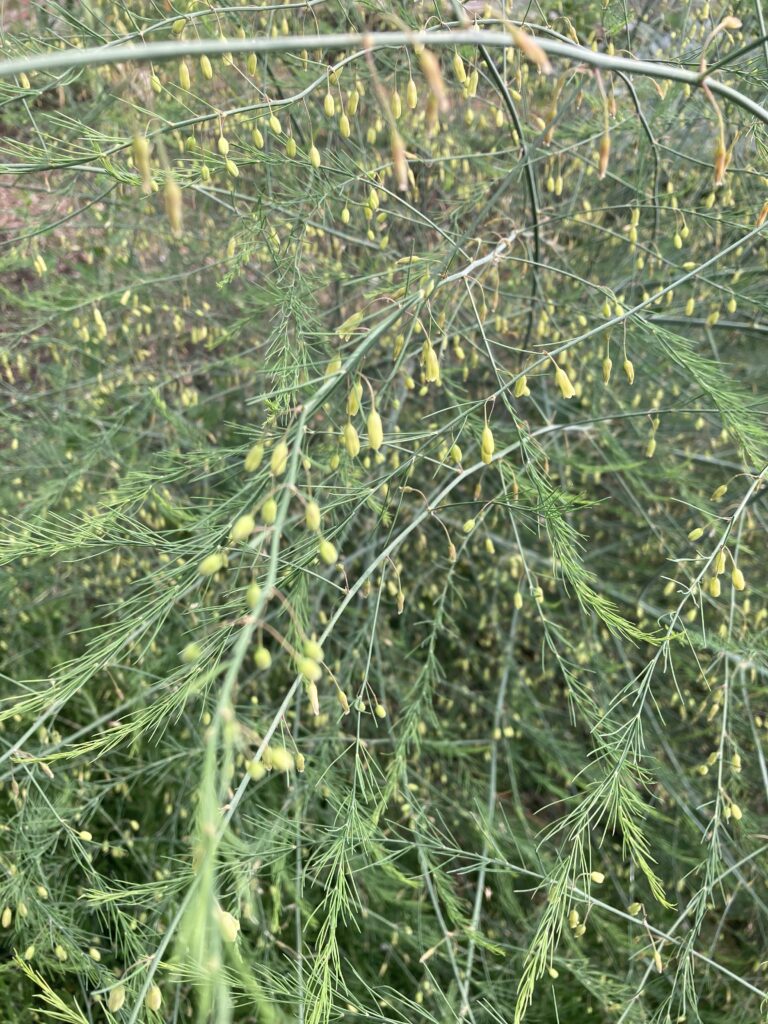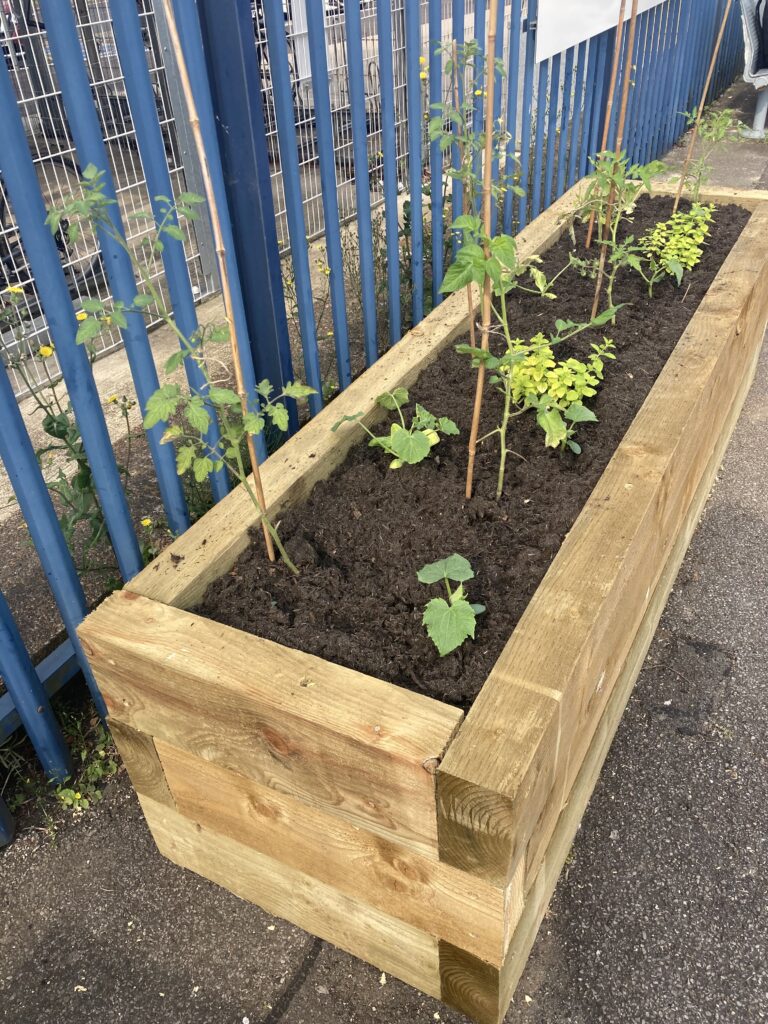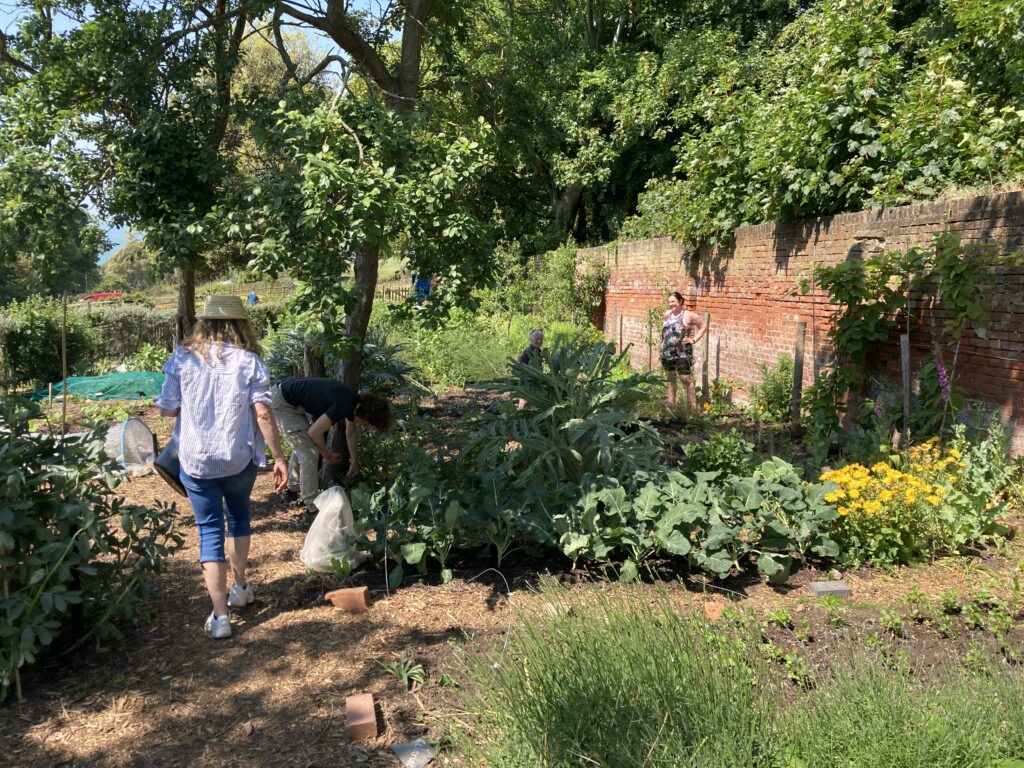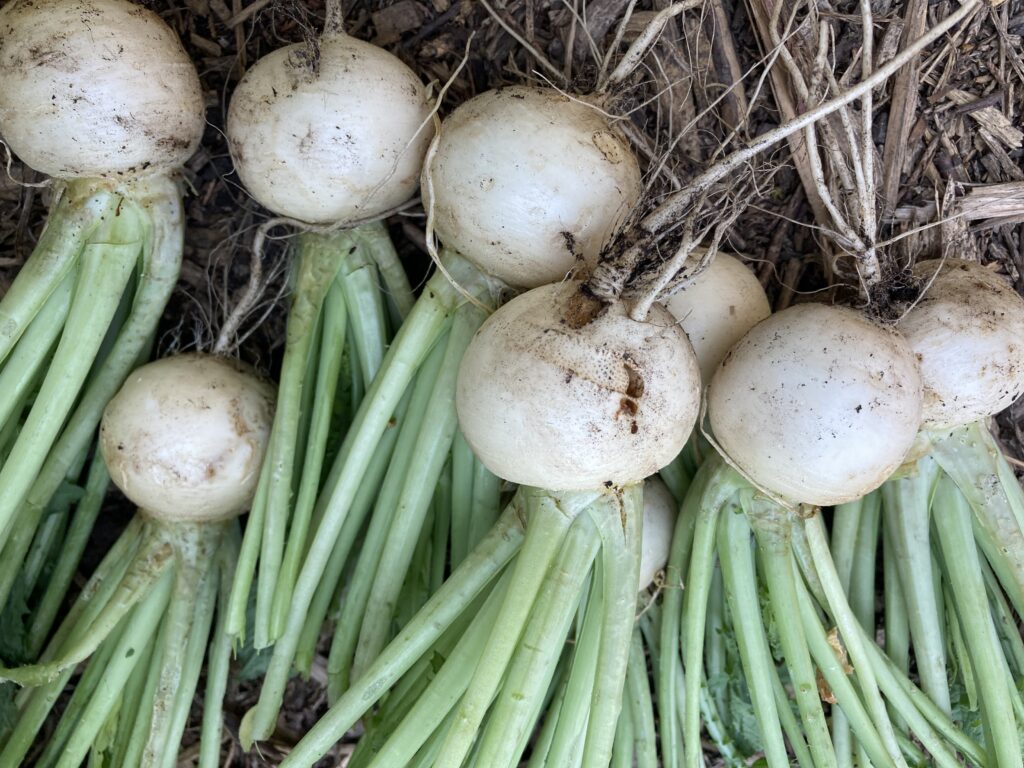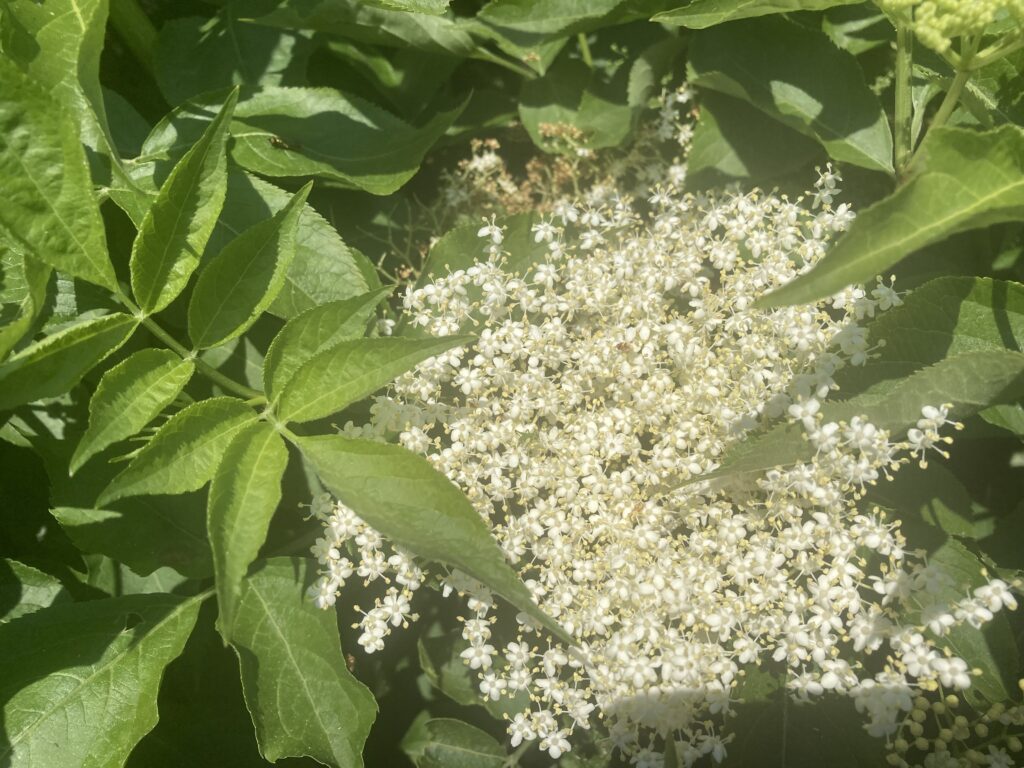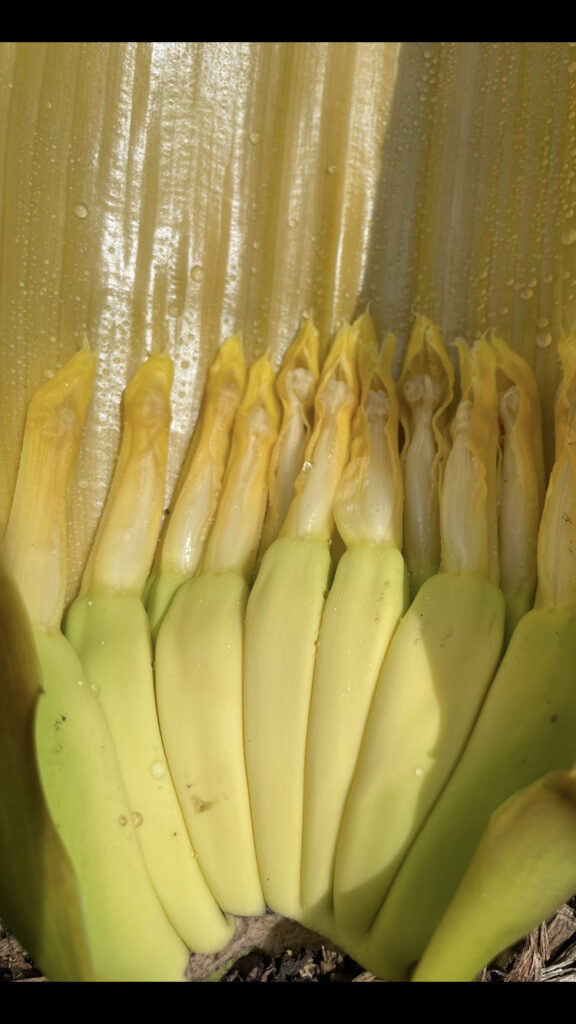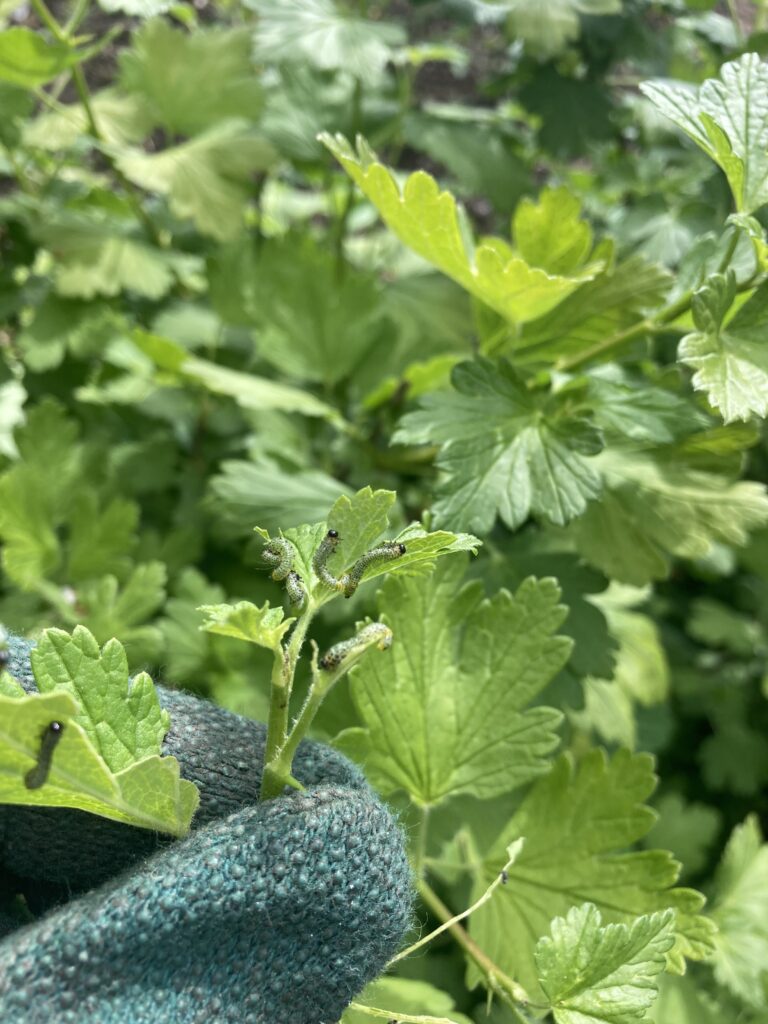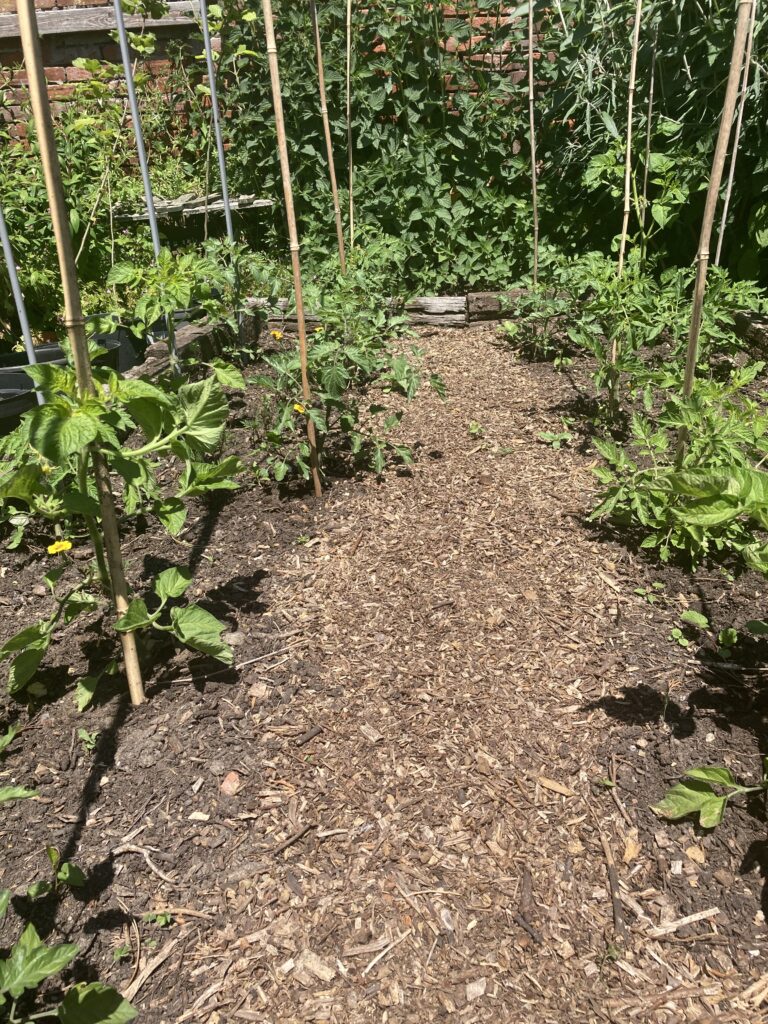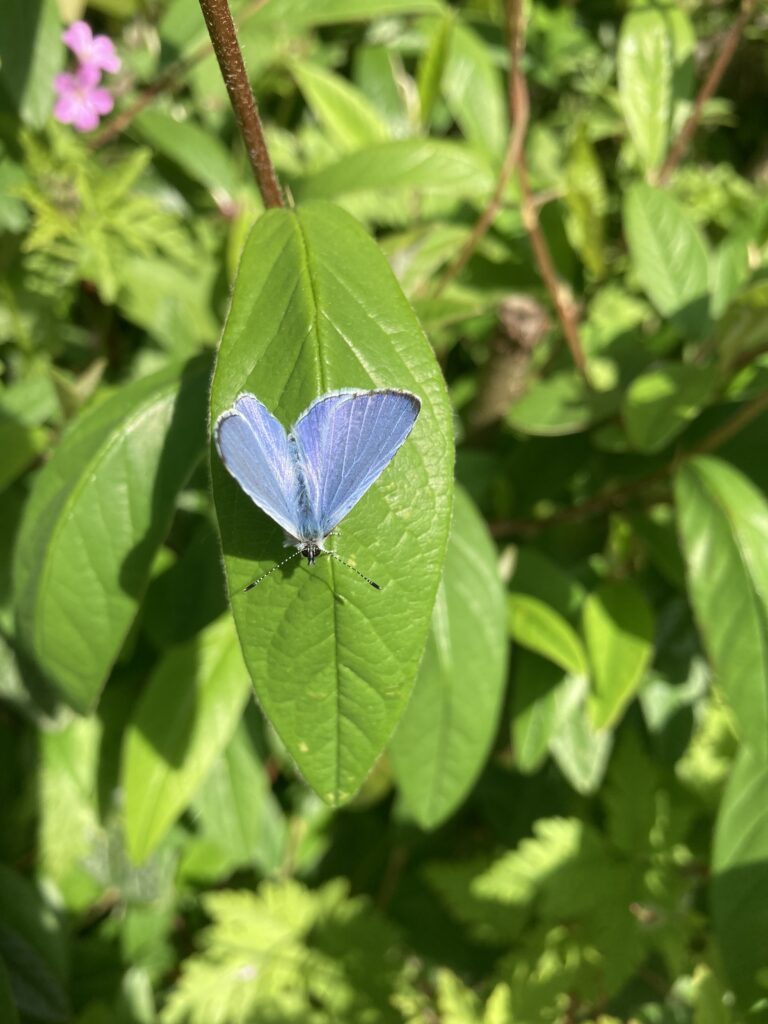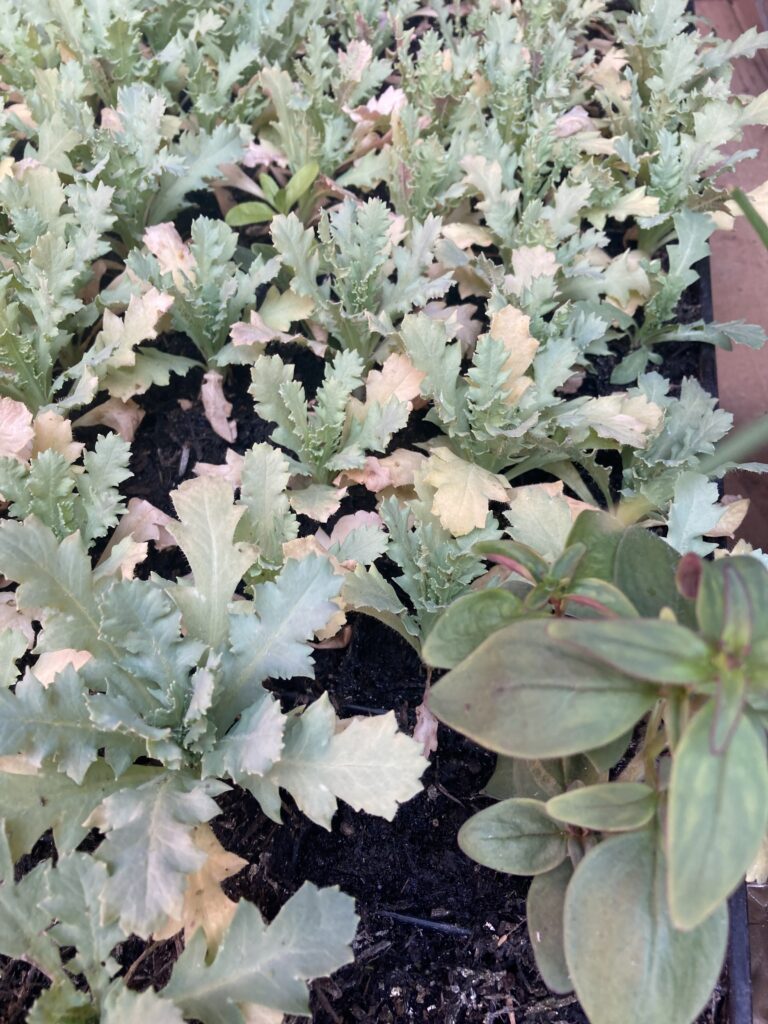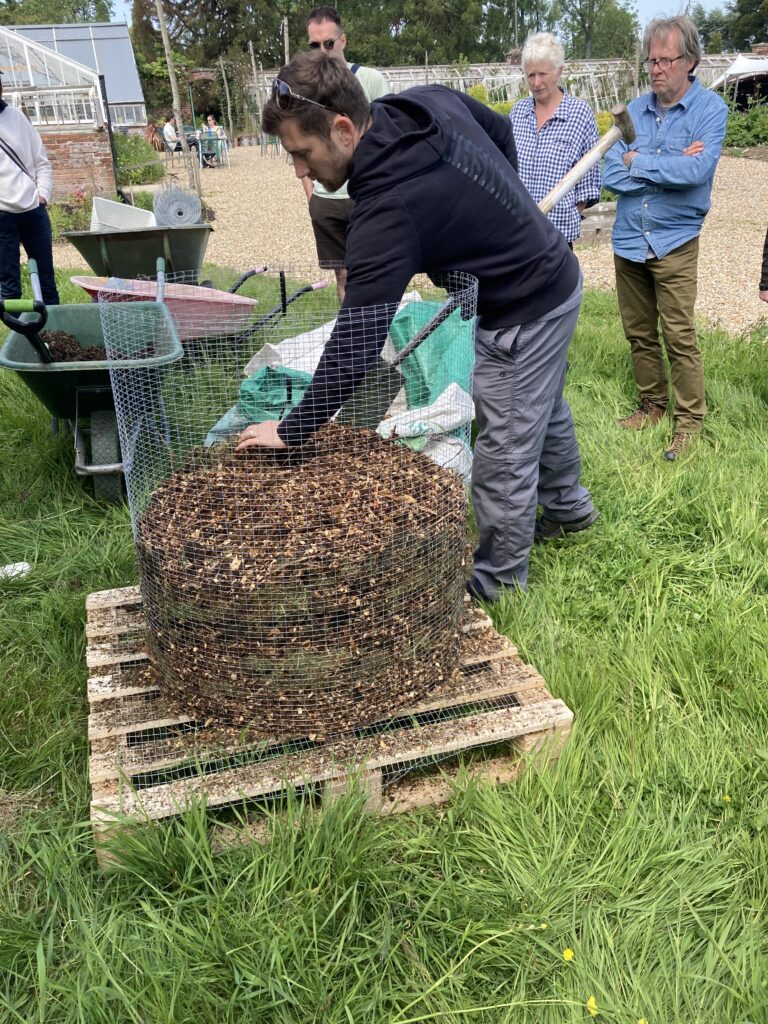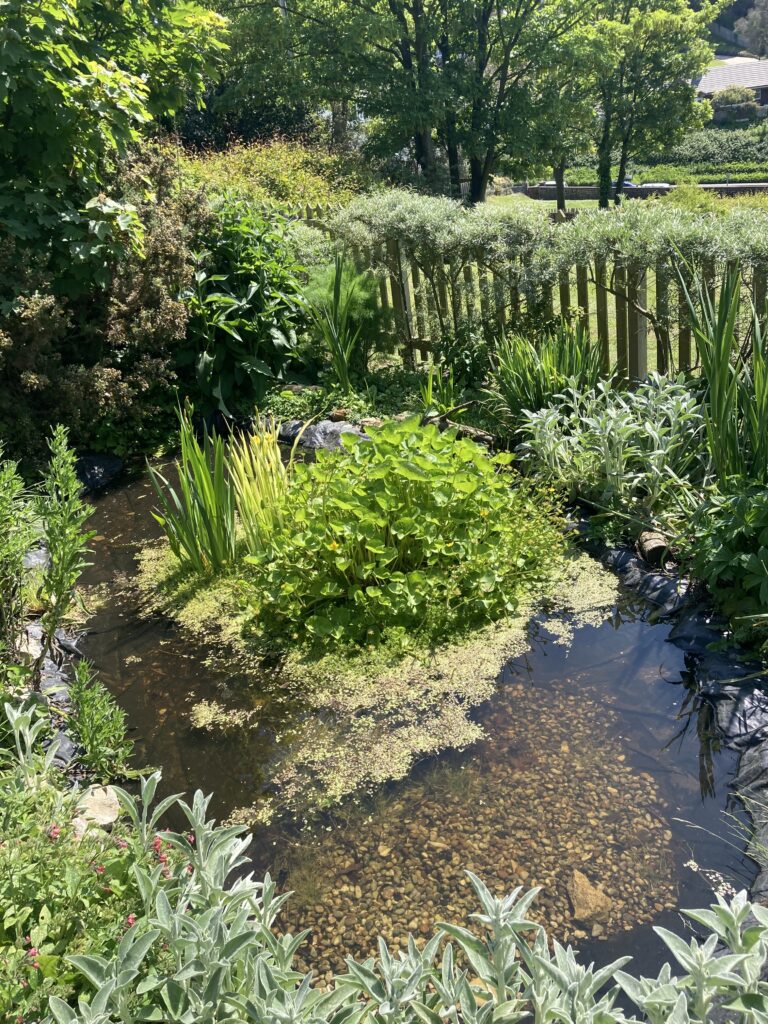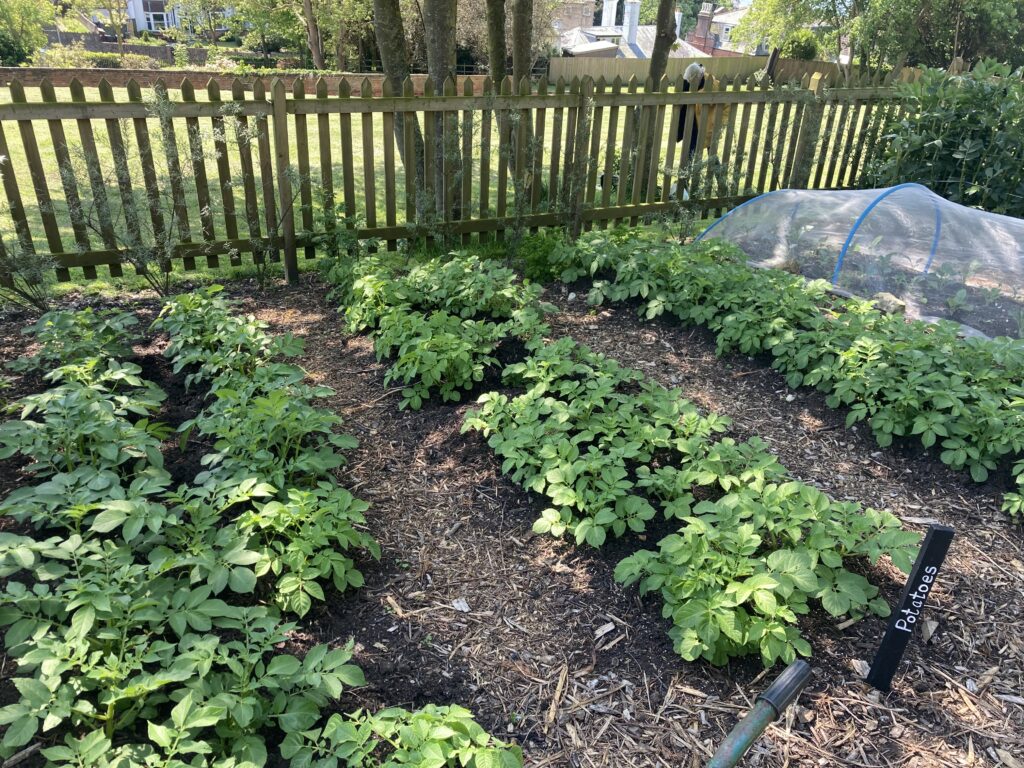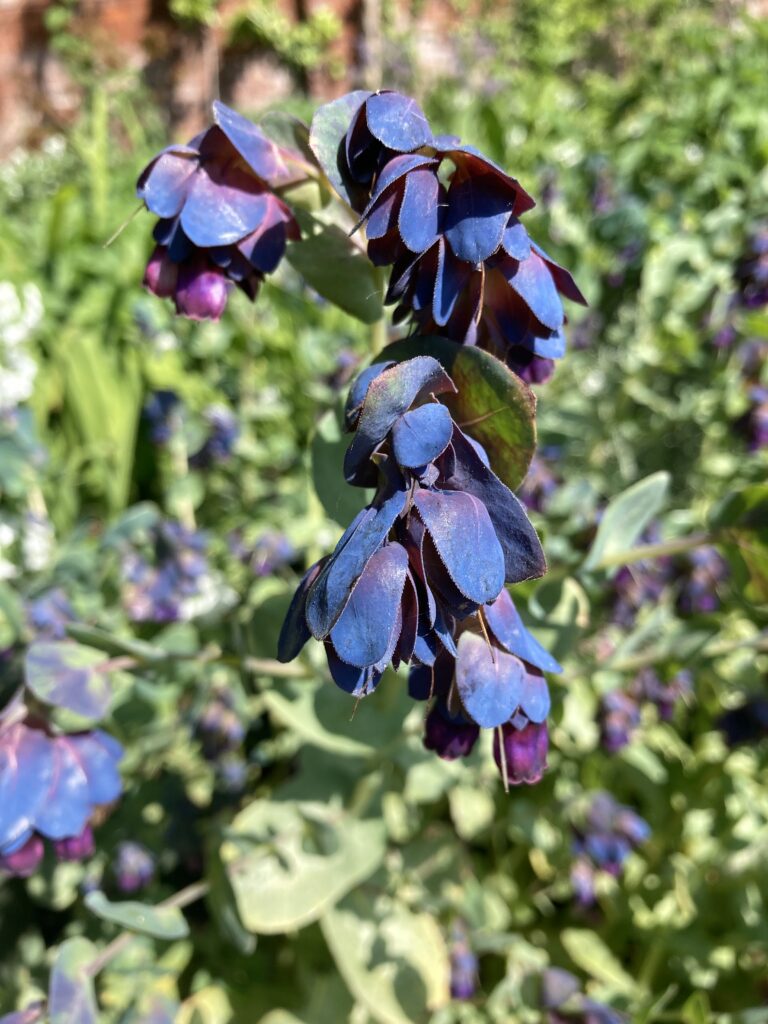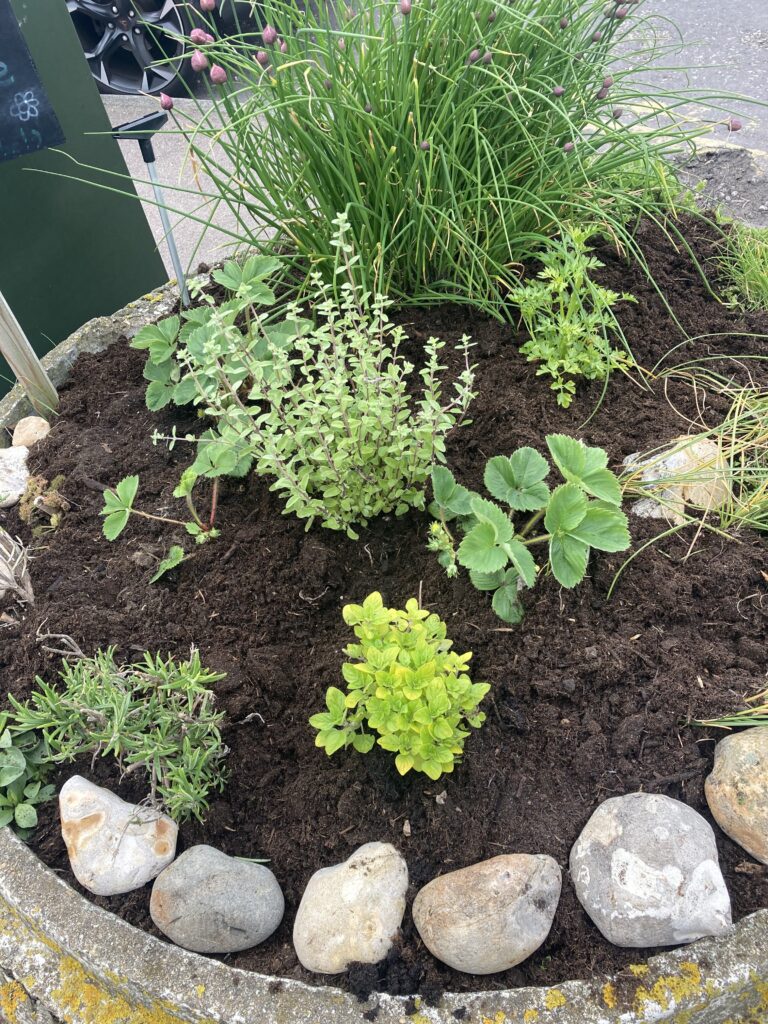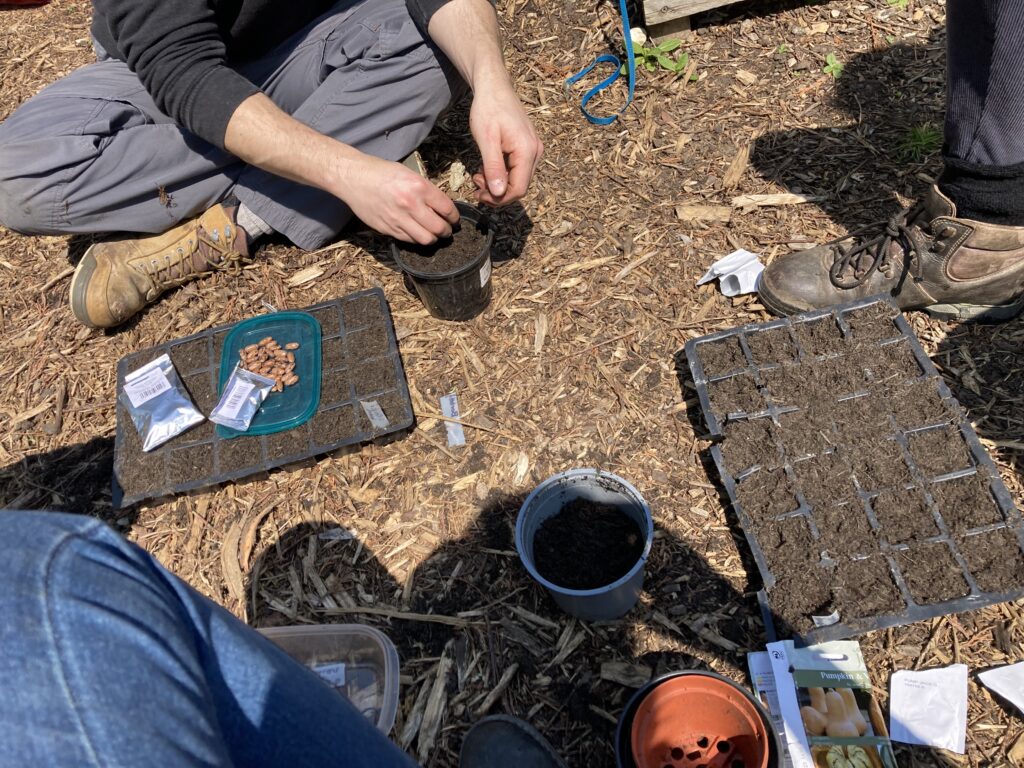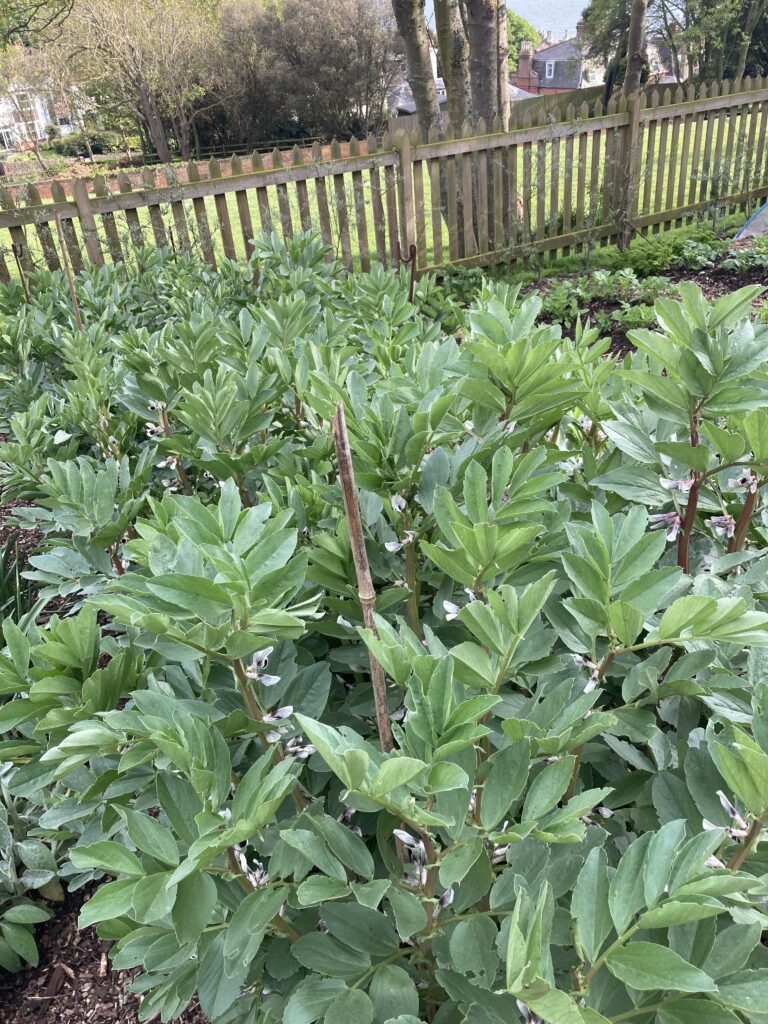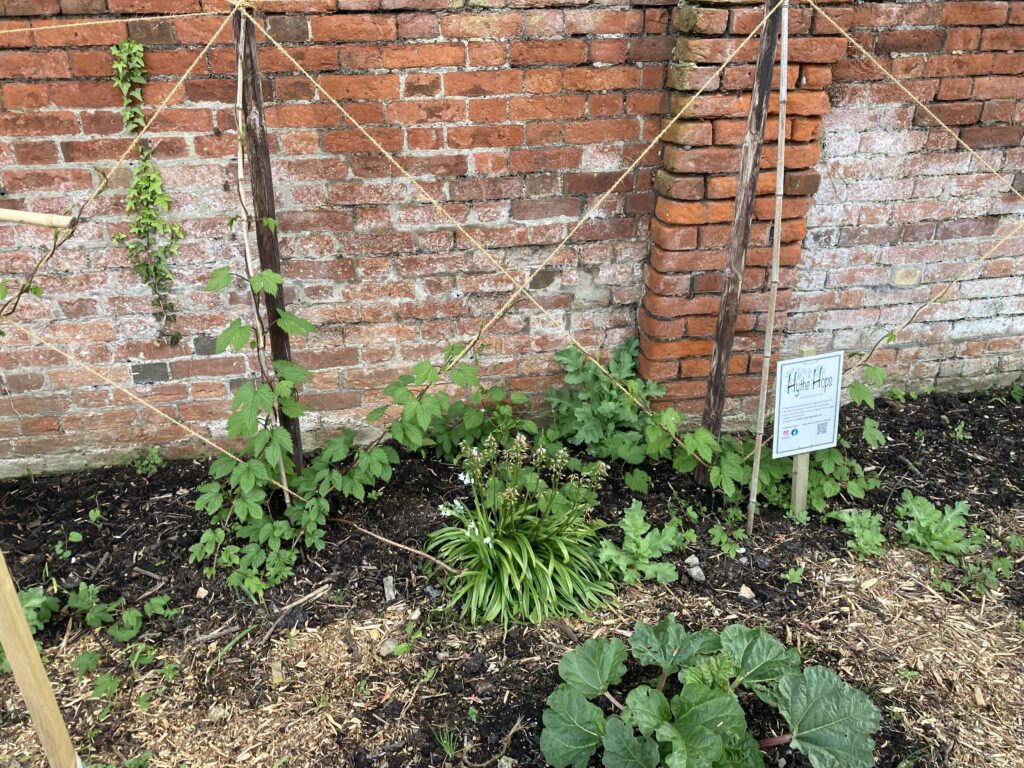Sandgate Community Garden Team Diary Entry for 16th July: Keeping your bananas well away from the beehives.
Just as our newsletter went out last Sunday bemoaning the fact the rain was passing us by yet again, it started to pour down. We have had several substantial showers since. This weekend the winds have arrived with a vengeance.
Apart from the interesting weather, the main feature of the week has been insects, from the good, the bad, and the (not so) ugly. For a few weeks now there has been a plethora of ladybirds – always a delight to see, but they seem to be in particularly high numbers at the moment and appearing in all of the gardens.
We are always interested in identifying what we find locally, and a friend posted a photograph of a delicate looking moth which had caught her eye. Unfortunately it happened that the moth was the box tree or box hedge moth. An invasive species from East Asia accidentally introduced to Central Europe a few years ago, it devastates box trees, and many box tree plants in Sandgate have indeed been lost or affected by this particular creature this year.
Whilst clearing some weeds at Fremantle Park it was interesting to find several caterpillars of the Cinnabar moth. Looking like it is wearing a brightly coloured yellow/orange and black striped rugby shirt, it is very easy to find although birds know that it is poisonous. The Cinnabar moth is not rare in the UK, but the adults and caterpillars certainly give a great splash of colour.
Whilst working at Enbrook Park in the garden this Saturday we were joined by our beekeeper, checking on the main hive to see if the queen was in evidence. The good news is that she certainly was at home, and the hive has increased greatly in numbers. Unfortunately they took umbrage at being disturbed (quite understandably) and decided to go for the gardeners by buzzing around their heads to warn them away from the area. When bees are stuck in your hair and sounding mighty angry it can be a challenge to remain calm, and a certain amount of squealing and running about did not seem to help the situation. Added to which, once you are stung by a bee, it releases an odour called an alarm pheromone to alert other bees to the danger. This alarm pheromone apparently smells like bananas and attracts other bees to come to the defence of the hive. Lessons learnt:
- Do not open a hive on a gardening day.
- Do not eat bananas near a beehive.
If stung, the pheromone stays on your clothing which should then be washed before wearing them again!
This week, Alistair, our composting champion, has been working at Pent Farm for Touchbase Care to sort out the unruly composting heaps. He has certainly made a terrific difference, by recycling and rethinking the area. On his return to the farm to check on how the compost was ‘cooking’, he took off the cover to find a rather large and splendid grass snake taking up residence. The cover was quickly replaced and the snake left, in the hope that it may decide to stay for the rest of the season with any luck. We shall certainly not be disturbing it.
In spite of all our encounters with wildlife we did manage to get some broccoli planted as well as spring onions; lettuces and chicories were sown and rampaging weeds removed.
What’s next?
- With luck the purple sprouting can be planted
- Check on the courgettes
- Weed the leek bed
- Remove the bolted lettuces
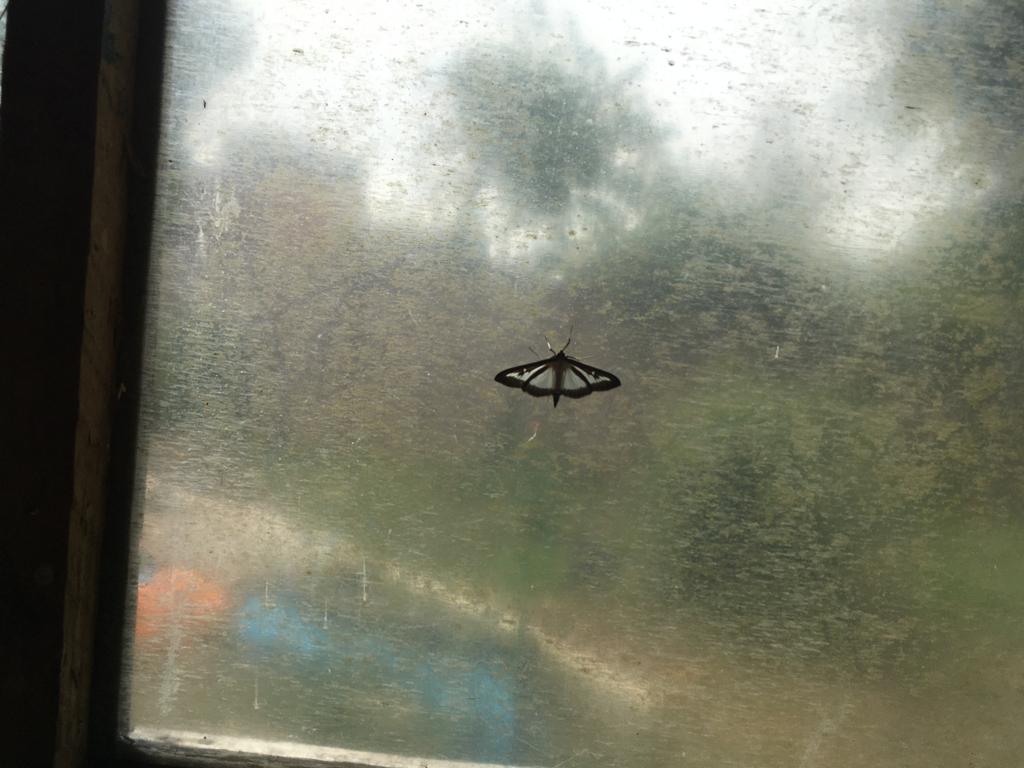
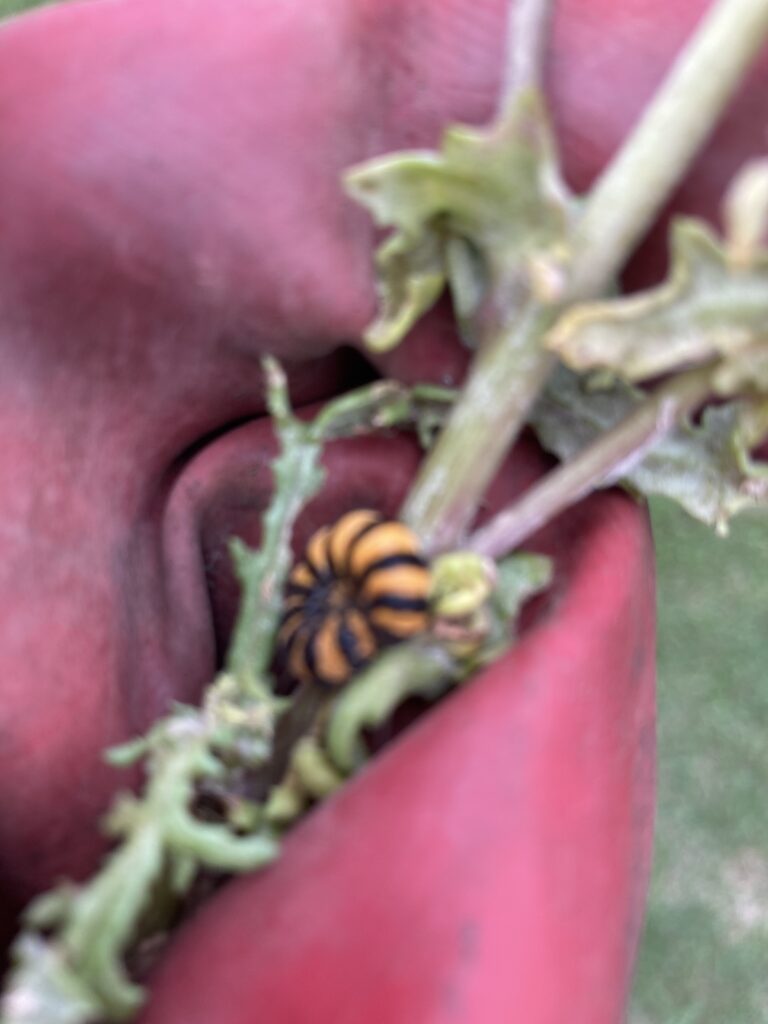
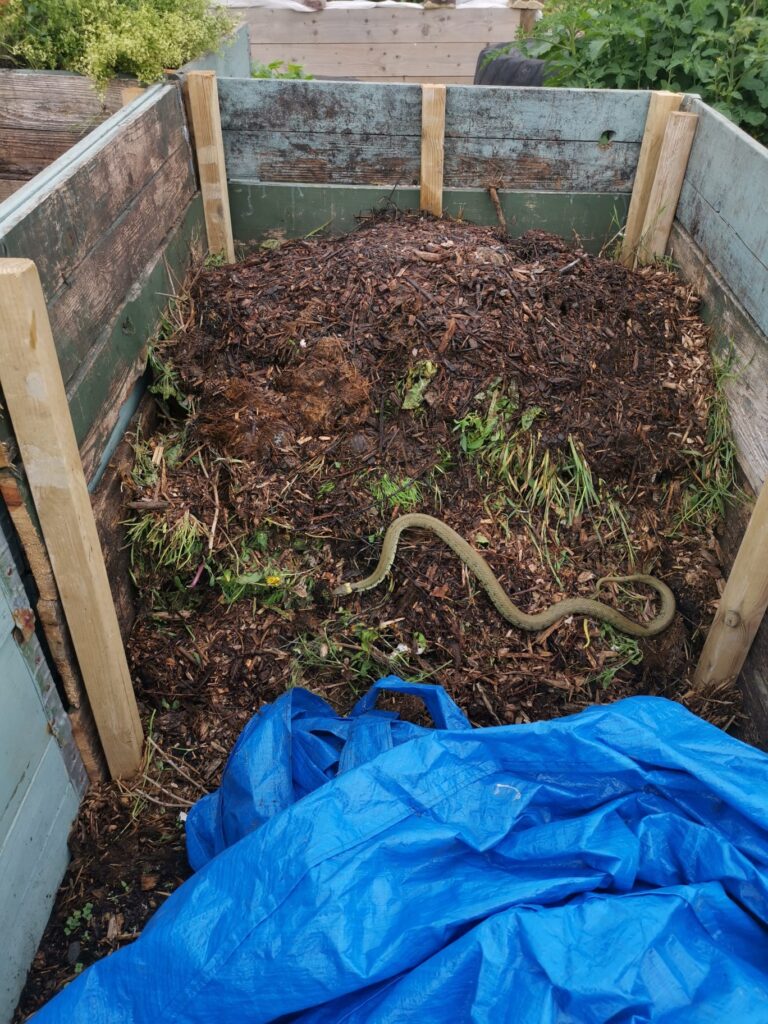
This weeks update from the Sandgate Community Garden Diary.


